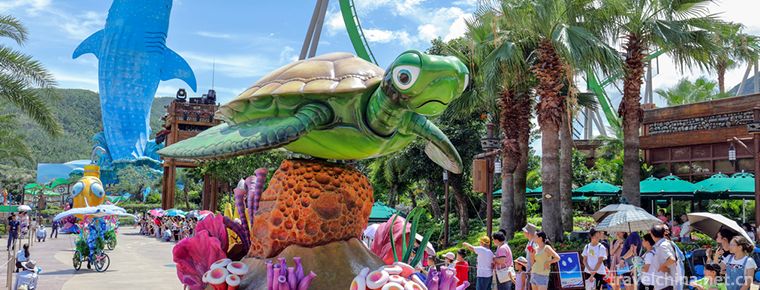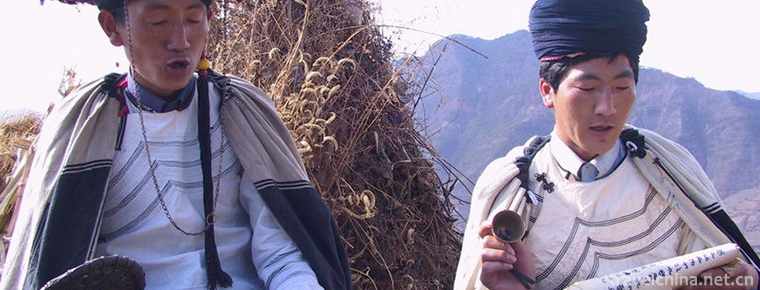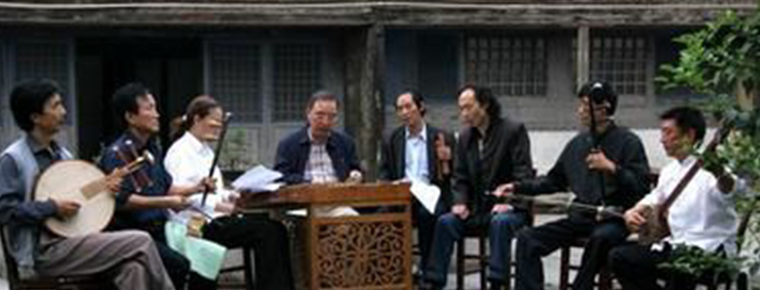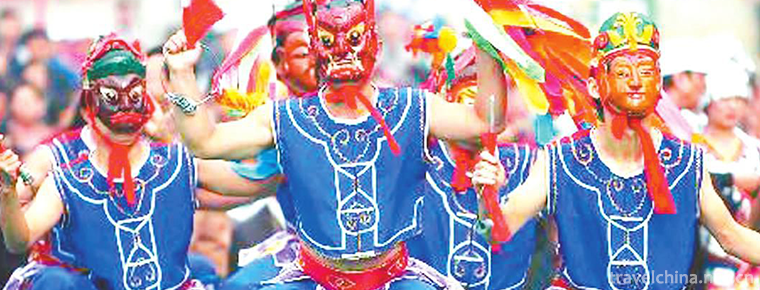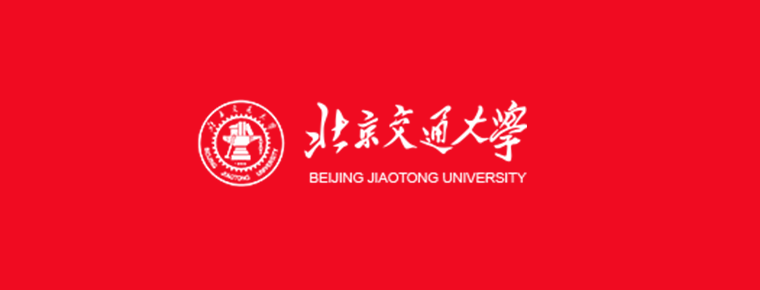Traditional fine arts
Traditional fine arts
China's traditional art heritage is extremely rich and brilliant. Traditional art painting, calligraphy, music, dance, opera, gardens, architecture, sculpture, arts and crafts, traditional cuisine and so on have accumulated for thousands of years, have great creation, and are permeated with the profound cultural heritage of the ancient civilization of 5000 years. This is the precious wealth of the Chinese nation and of all mankind. Chinese traditional art, with its rich local flavor, pure artistic connotation and vivid historical traces, is more and more loved and appreciated by the people of the world and has become a common cultural "feast" of mankind.
Main classification
The heritage of Chinese traditional art is extremely rich and brilliant.
Painting, calligraphy, music, dance, opera, gardens, architecture, sculpture, arts and crafts, traditional food and so on, have accumulated for thousands of years, have great creation, are permeated with the profound cultural heritage of the ancient civilization of 5000 years. This is the precious wealth of the Chinese nation and of all mankind. With its rich local flavor, pure artistic connotation and vivid historical traces, Chinese traditional art has been more and more loved and appreciated by the people of the world and has become the common cultural "feast" of mankind.
painting
The earliest history of Chinese painting can be traced back to the painted pottery decorations and rock paintings of the Neolithic Age in primitive society. Although the primitive painting skills are naive, they have mastered the preliminary construction.
Type ability can also pay attention to the main features of animals, plants and other dynamic and static forms to express ancestors'beliefs, wishes and beautifying decoration of life.
Pre-Qin paintings have been recorded in some ancient books, such as the historical figures in palaces, Mingtang temples, temples and temples of the Zhou Dynasty, lacquerware of the Warring States Period, bronze decorations, silk paintings unearthed in the State of Chu, etc., which have reached a high level.
The Qin and Han Dynasties were a large centralized country established in the early history of China, with a vast territory and strong national power. The Silk Road communicated the art exchanges between China and foreign countries, and the art of painting developed and flourished unprecedentedly. Especially in the Han Dynasty, the prevalence of thick burial, its tomb murals, brick portraits, stone portraits and silk paintings with burial, vividly portrayed the realistic, historical and mythical figures, with dynamic, plot in the reflection of real life has made great achievements. His style of painting is often bold and flowing, both rough and bold, and fine and magnificent, rich and miscellaneous content, colorful forms.
During the Wei, Jin, Southern and Northern Dynasties, wars were frequent and people's livelihood suffered, but painting still made great progress, suffering provided the soil for Buddhism to spread, and Buddhist art flourished. For example, the Kizil Grottoes in Xinjiang, the Maijishan Grottoes in Gansu and the Mogao Grottoes in Dunhuang all preserved a large number of frescoes of that period, with high artistic attainments. Due to the interest and participation of the upper class in painting, in addition to craftsmen, a number of well-known painters with cultural upbringing emerged, such as Gu Kaizhi. During this period, metaphysics was popular, literati advocated elegance, painting history and painting theory began to appear, landscape painting and flower-and-bird painting began to sprout. Painting in this period focused on the description of mental state and the expression of temperament. Painting with literature as its theme became increasingly popular.
During the Sui and Tang Dynasties, the country was unified, the society was relatively stable, the economy was relatively prosperous, and foreign exchanges were active, which injected new opportunities into the art of painting. Although the painting style of Buddhist murals in the western and central regions was still popular, the works of Wu Daozi, Zhou Fang and others with distinct painting style in the Central Plains occupied an absolute advantage. The national style became more and more mature, and the exhibitors were pious, Li Sixun, Wang Wei, Zhang Li and others. Landscape painting and flower-and-bird painting have made great achievements.
In China, the authenticity of painting reached its peak in the Song Dynasty in the 12th century, especially in Guo Xi's Early Spring Picture, which was the peak of realism. Later, it began to turn to the expression of subjective interest. Since Wang Wei was highly praised for his paintings and poetry in his paintings, the long tradition of literati painting has continued to this day. Since the Northern Song Dynasty, Chinese painting has gradually developed.
Formalism tends to emphasize the interest of brush and ink. For example, the paintings in Wen Zhengming mean that they are not descriptions of mountains and waters, but the means of stacking various brushes by means of mountains and waters. By the end of the Ming Dynasty in the 15th century and in the early Qing Dynasty, painters had begun to shift to the direction of self-expression, paying no attention to the depiction of the objective world. Instead, Badashan people, Bawei people in Yangzhou, Ren Bonian and Wu Changshuo all had strong self-style, and no longer cared about reappearing the authenticity of nature. Modern painters, such as Qi Baishi and Zhang Daqian, embody the style of everyone. Their paintings are not necessarily true, but no one can imitate the essence of their paintings.
After the Five Dynasties and the Song Dynasty, the art of Chinese painting became more mature and complete. In a prosperous period, the imperial court set up painting academies, expanded organization, recruited talents, and awarded titles. At that time, the imperial court painting was very prosperous. Scholars of letters also regarded painting as an elegant thing and put forward distinct aesthetic standards. Painters emerged in succession, and excellent works emerged in theory and creation. The content, form and technique of the independent system are all flourishing with rich and exquisite development. With the development of painting in Yuan, Ming and Qing Dynasties, literati painting has made outstanding progress. On the subject matter, landscape painting and flower-and-bird painting occupy an absolute position. Literati paintings emphasize the expression of subjective emotions, "not looking for similarity" and "not seeking for the world", do not attach to the aesthetic requirements of the public, use painting to show elegance, show leisure and interest, advocate "teacher-made" and "source of the law mind", emphasize the unity of human character and paintings, and pay attention to the integration of brush and ink sentiment with poetry, books and prints, forming a unique painting style, emerged a large number of outstanding. Painters, schools, and countless works of excellence.
Chinese painting is an important part of Chinese culture, rooted in the soil of national culture. It does not simply adhere to the appearance of similar, more emphasis on godlike. It takes brush, ink and rice paper as special materials, constructs a unique perspective theory, boldly and freely breaks the limitation of time and space, and has a high degree of generalization and imagination. This excellent skill and means not only makes Chinese traditional painting unique artistic courage, but also increasingly draws lessons from and absorbs from the world's modern art.
Music
The connotation and extension of national music, new music, Chinese music and traditional Chinese music are different.
Chinese traditional music can be divided into five categories
Introduction to Chinese Traditional Music: We can see the word "national music" in many folk music CDs. This "national music" refers to the music that has been handed down from ancient times and developed in modern times, belonging to the "national quintessence". It can be seen that the creation time of "national music" refers to ancient times.
"New Music" refers to the music written by those who have studied western music, such as school songs. It can be seen that the time for the creation of new music was after the Opium War in 1840.
"Chinese music" refers not only to music inherited from ancient times, but also to music created and adapted by Chinese people according to Western theories.
"Chinese traditional music" refers to the music created by the Chinese people using the inherent method of their own nation and adopting the inherent form of their own nation, which has the inherent morphological characteristics of their own nation. It includes not only the ancient works produced and circulated in history, but also the contemporary works. It can be seen that traditional music includes "national music" but not "new music", but they are "Chinese music".
Traditional music is a very important part of our national music. The difference between traditional music and new music lies not in the order of creating the tones, but in the form of expression and style characteristics. For example, Erhu solos "Erquan Yingyue" and "Fishing Boat Singing Night" are modern music works, but their performance forms are inherent to the Chinese nation, so they are also traditional music. On the contrary, school songs and Piano Solos such as Piccolo for Shepherd Children borrow from western music because of their musical morphological characteristics, so they are not traditional music.
The division of traditional music was first seen in the Introduction to National Music compiled by the Chinese Music Research Institute. It can be divided into five categories: songs, songs and dances, rap music, opera and instrumental music. However, most colleges and universities incorporate singing and dancing music into folk songs in their teaching, and thus become four categories: folk songs, national instrumental music, opera music (i.e., rap and singing) and opera music.
In fact, "national music", "traditional music" and "folk music" are three different concepts: "national music" includes traditional music and new music, while "folk music" is only a category of traditional music. And our national music is very rich, in addition to folk music, including court music, religious music and literati music.
Mr. Du Yaxiong classifies Chinese traditional music as follows: folk music, literati music, religious music and court music; folk music includes folk songs, folk instrumental music, folk songs and dances, opera music and rap music; literati music includes Guqin music, poetry recitation, literati tune; religious music includes Buddhist music, Taoist music, Christian music, and so on. Izlan music, Shamanism and other religious music; court music includes sacrificial music, court concert music, guide and tour music, banquet music.
Traditional opera
Opera is a traditional form of drama in China. It is a combination of literature, music, dance, art, martial arts, acrobatics and performing arts. it
It has a long history of origin. As early as in the primitive society, singing and dancing had sprouted. In the long process of development, after more than 800 years of continuous enrichment, innovation and development, it gradually formed a relatively complete system of opera art. Although its origin comes from three different artistic forms: folk singing and dancing, rap and comedy, the greatest distinction of one kind of opera still lies in its musical singing from different vocal systems. These musical tunes are based on the language, folk songs and folk music of the areas where they are produced, and they also incorporate the music of other areas. Most of the characters in various plays are acted by the characters with different faces, such as Sheng, Dan, Jing and Ugly. The performance focuses on the use of Life-based refined programmatic action, and virtual space processing. It pays attention to the art of singing, reading, doing and playing. It has the characteristics of performing, transportation and wealthy dancing. It is highly technical and constitutes a complete system of opera art which differs from other dramas.
According to incomplete statistics, there are more than 360 kinds of operas in various ethnic areas in China, and there are tens of thousands of traditional operas. Since the founding of the People's Republic of China, many traditional dramas have been adapted. New historical dramas and modern dramas with modern life themes have been warmly welcomed by the audience. The popular and famous operas are: Peking Opera, Kunqu Opera, Yueju Opera, Henan Opera, Hunan Opera, Guangdong Opera, Qin Opera, Sichuan Opera, Commentary Opera, Jin Opera, Han Opera, Chaozhou Opera, Fujian Opera, Qi Opera, Hebei Bangzi, Anqing Huangmei Opera, Hunan Huagu Opera... There are more than fifty kinds of operas, especially Peking Opera, which is popular all over the country and is not restricted by regions.
Ancient Chinese drama is called "opera" because it takes "opera" and "opera" as its main factors. Chinese opera mainly includes Southern Opera of Song and Yuan Dynasties, Zaju of Yuan and Ming Dynasties, legends of Ming and Qing Dynasties, as well as traditional operas of modern Beijing Opera and other local operas. It is the general name of Chinese national drama culture.
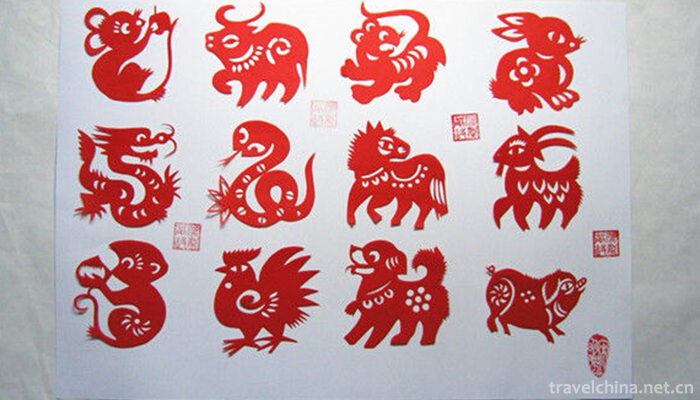
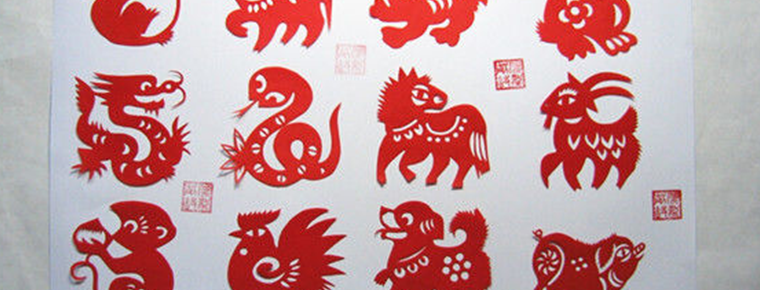
Traditional fine arts
-
Ning Xia Night Market
Ningxia Night Market is one of the few night markets in Taipei ...
Views: 197 Time 2018-10-12 -
Guangzhou Changlong Tourist Resort
Views: 153 Time 2018-12-12 -
Big Buddha Cultural Tourist Area in Zigong Rong County
The Dafo Cultural Tourist Area of Zigong Rong County was opened to the outside world in 1982. It covers an area of 32,470 square meters and has a building area of 3,403 square meters. There are a wide
Views: 216 Time 2019-03-22 -
Slab headed qu
Nanyang Bantou music is a unique traditional string music. Music and the Central Plains drum tunes (major tunes) with a long history complement each other. They are preludes played in solo and ensembl
Views: 220 Time 2019-04-03 -
Bemo music
Qubila fire is well known in Meigu County, Liangshan Prefecture. He is not only a highly respected Yi Dabimo, but also a representative successor of national intangible cultural heritage projects.
Views: 326 Time 2019-04-04 -
Legend of Zen ancestors
Huangmei is the birthplace of Chinese Zen culture. There are six ancestral courts of Zen in China, two of which are exclusive in this county. The four ancestors temple and the five ancestors temple in
Views: 159 Time 2019-04-15 -
Enshi dulcimer
Enshi Yangqin, also known as Enshi Silk String, was made up of Hunan Opera, Southern Opera, Chu Tune, folk minor, instrumental music licensing scholars and
Views: 128 Time 2019-04-28 -
Huaihai Opera
Huaihai Opera, one of the national intangible cultural heritage, is a local traditional drama in Huaian City and Lianyungang City of Jiangsu Province.
Views: 182 Time 2019-05-04 -
Nuo opera
Nuo Opera originated from Fang Xiangshi's exorcism activities in Shang and Zhou Dynasties. After Han Dynasty, it gradually developed into a ritual ceremony with strong entertaining color and opera mus
Views: 270 Time 2019-06-08 -
Beijing Jiaotong University
Beijing Jiaotong University is a national key university directly under the Ministry of Education, jointly constructed by the Ministry of Education, the Ministry of Transport, the Beijing Municipal Pe
Views: 182 Time 2019-09-06 -
The tertiary industry of Panzhihua
In 2018, the total retail sales of consumer goods in Panzhihua reached 36.126 billion yuan, an increase of 10.8%. In terms of business location, the retail sales of consumer goods in urban areas were 33.036 billion yuan, an increase of 10.7%; the retail sales of consumer goods
Views: 226 Time 2020-12-14 -
History of Mianyang
Mianyang, located in the south of Mianshan mountain, was named Mianyang in 1913 according to the ancient meaning of "south mountain and North Water" as "Yang".
Views: 159 Time 2020-12-14

